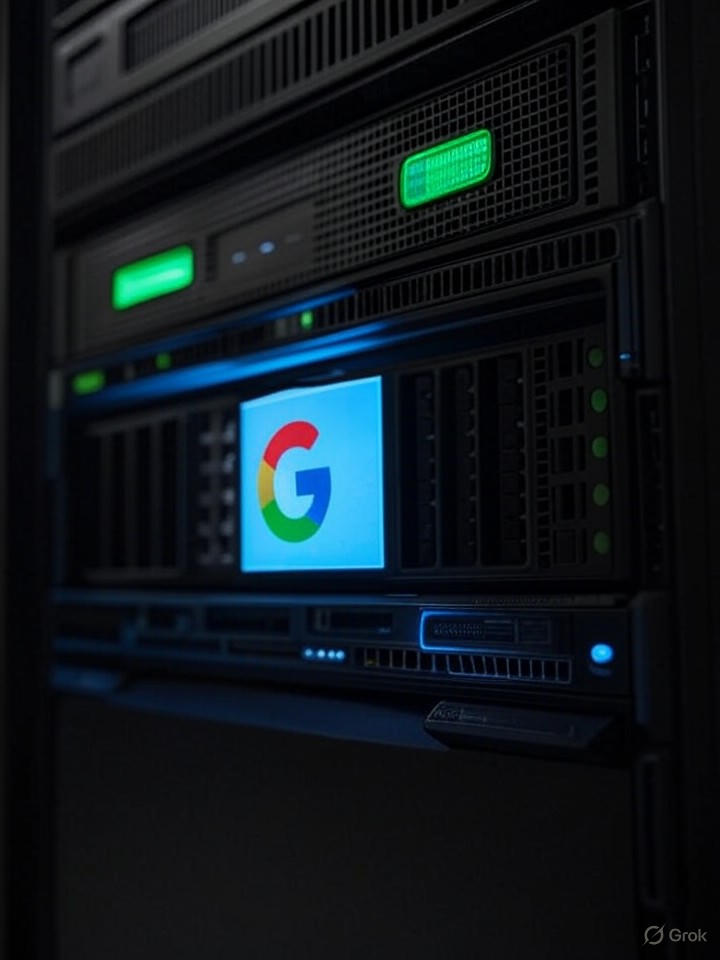In the rapidly evolving world of artificial intelligence, deploying models for inference at scale has become a critical challenge for enterprises. Google Kubernetes Engine (GKE) is emerging as a powerhouse for handling these workloads, offering a robust platform that combines container orchestration with specialized AI capabilities. A recent blueprint from Google Cloud outlines a reference architecture designed to streamline AI inference, making it production-ready for developers and practitioners. This architecture leverages GKE’s strengths in scalability, security, and integration with Google’s AI ecosystem, addressing pain points like resource management and performance optimization.
At its core, the reference architecture emphasizes modular components that allow teams to build resilient inference pipelines. It integrates tools like Vertex AI for model serving, alongside GKE’s Autopilot mode for automated cluster management, reducing operational overhead. Developers can deploy models using Kubernetes-native constructs, ensuring seamless scaling from prototypes to enterprise-grade systems. This approach not only accelerates time-to-market but also incorporates best practices for monitoring and cost control, crucial for AI projects where inference costs can skyrocket.
Scaling Inference with Specialized Hardware
Recent announcements highlight GKE’s enhancements for AI, including support for Google’s Tensor Processing Units (TPUs) and GPUs, which are pivotal for high-throughput inference. According to a post on the Google Cloud Blog, innovations unveiled at Google Cloud Next in April 2025 focus on optimizing workloads for AI, enabling platform teams to handle generative models efficiently. These features include dynamic resource allocation and model-aware load balancing, which intelligently route requests to minimize latency.
Industry insiders note that this setup is particularly advantageous for real-time applications, such as recommendation engines or natural language processing services. By incorporating observability tools like Google Cloud Operations Suite, the architecture provides deep insights into model performance, allowing teams to fine-tune parameters on the fly. A report from The New Stack in April 2025 detailed how GKE’s customizations cater to the surging demand for faster AI processing, with benchmarks showing up to 50% improvements in inference speed.
Security and Compliance in AI Deployments
Security remains a top priority in this reference architecture, with built-in features like workload identity and network policies to safeguard sensitive data during inference. Google’s emphasis on enterprise-grade controls aligns with broader trends in regulated industries, where compliance with standards like GDPR or HIPAA is non-negotiable. The architecture also supports multi-tenancy, enabling multiple teams to share clusters without compromising isolation.
Furthermore, integration with Vertex AI’s model registry ensures version control and reproducibility, mitigating risks associated with model drift. As noted in a May 2025 entry on the Google Open Source Blog, Kubernetes and GKE are being transformed into the go-to platform for AI/ML, with performance optimizations that make inference more reliable and user-friendly.
Real-World Applications and Future Outlook
Practitioners are already seeing tangible benefits. Posts on X from developers highlight workflows where GKE automates AI agent deployments, boosting productivity through conversational analytics and agentic reasoning. For instance, sentiment on the platform suggests that combining GKE with emerging models like Gemini variants could triple efficiency in data tasks.
Looking ahead, developments from Google I/O 2025, as unpacked in a DEV Community article, point to an AI-first era where GKE plays a central role. A SiliconANGLE piece from August 2025 underscores how GKE supercharges inference with smart routing and custom compute, positioning it as a scalable solution for enterprise AI. This blueprint isn’t just a technical guide—it’s a strategic asset for organizations aiming to operationalize AI inference effectively, blending innovation with practicality in an increasingly competitive field.
Overcoming Deployment Challenges
One of the architecture’s strengths lies in its handling of common pitfalls, such as cold starts and resource contention. By utilizing GKE’s node pools tailored for AI, teams can provision hardware dynamically, ensuring consistent performance even under variable loads. The reference also incorporates autoscaling policies that respond to traffic spikes, a feature praised in recent web discussions for its cost-effectiveness.
In practice, this means developers can focus on model innovation rather than infrastructure woes. A June 2025 update on the Google Blog detailed AI advancements, including enhanced inference APIs, which complement GKE’s framework. As enterprises adopt these tools, the reference architecture serves as a blueprint for building future-proof systems, driving efficiency and innovation in AI deployment.




 WebProNews is an iEntry Publication
WebProNews is an iEntry Publication